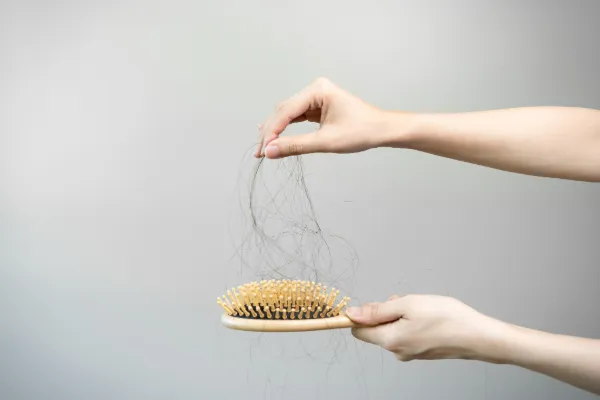この記事の概要
The history of hair transplant technology will be followed, explaining the progression from the early techniques of the 1930s to the modern FUE and DHI methods and robot-assisted technology. Learn about the evolution of these technologies that contribute to increased patient satisfaction.
Early hair transplant techniques
1930s – Japanese pioneers
- Dr. Shoji Okuda : Dr. Shoji Okuda, a Japanese dermatologist, was the first to attempt hair transplant surgery in the 1930s. He developed a method to take small pieces of skin (grafts) from a patient’s scalp and transplant them into bald areas . This technique is known as “punch grafting.”
1950s – Developments in the United States
- Dr Norman Orentreich : In 1952, American dermatologist Dr Norman Orentreich was the first to scientifically prove that hair transplants were effective in treating hair loss. He demonstrated that hair taken from a donor area would continue to grow in the recipient area, establishing the concept of “donor advantage.”
Modern technological developments
1980s – Micrografts and Minigrafts
- During this time, hair transplant surgery has undergone great advances, with the introduction of smaller micro- and mini-grafts replacing the traditional large punch grafts, which have contributed greatly to improving the natural appearance.
1990s – Emergence of the FUT method
- Follicular Unit Transplantation (FUT) : In the early 1990s, the FUT technique was introduced, in which a strip of skin is removed from the back of the head and separated into follicular units under a microscope for transplantation . This technique is still widely used today, as it provides a more natural looking hairline and higher hair density.

Modern advanced technology
2000s – Introduction of FUE technique
- Follicular Unit Extraction (FUE) : Introduced in the early 2000s, the FUE procedure involves harvesting individual hair follicles from a donor area, avoiding the linear scars that traditional FUT procedures leave behind. The FUE procedure has become increasingly popular due to its quick post-operative recovery and natural-looking results.
Latest technology – Robotic assisted and DHI method
- ARTAS Robotic System : Introduced in the 2010s, the ARTAS robot is an automated technology that uses highly precise robotic arms to harvest hair follicles, improving the precision and efficiency of the procedure.
- Direct Hair Implantation (DHI) : The DHI method involves directly implanting hair follicles using the Choi Implanter Pen , allowing for precise control of the direction and angle of the hair follicles for more natural results.
Conclusion
The history of hair transplant surgery has progressed with the evolution of technology. Starting with the early punch grafts, the FUT and FUE techniques, and more advanced techniques such as robotic assisted and DHI techniques, have emerged, which now allow for very natural and effective hair loss treatments. These advancements have increased patient satisfaction and significantly improved the success rate of hair transplant surgery.








